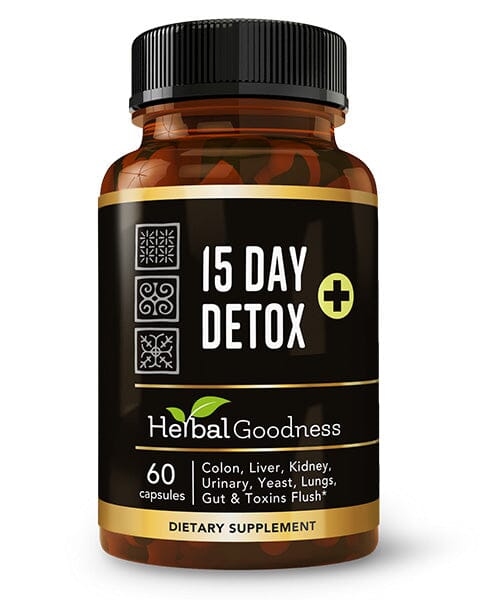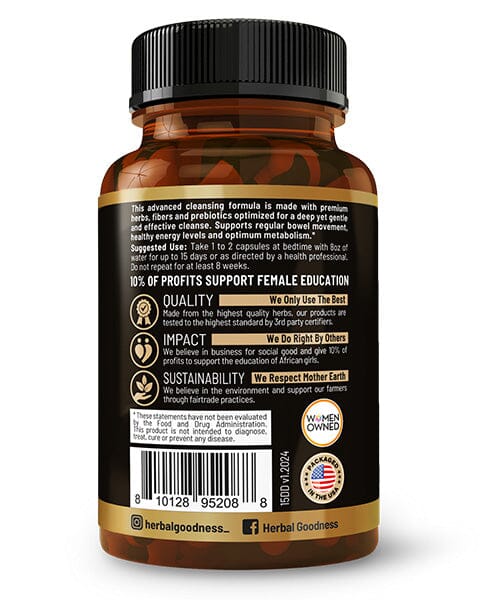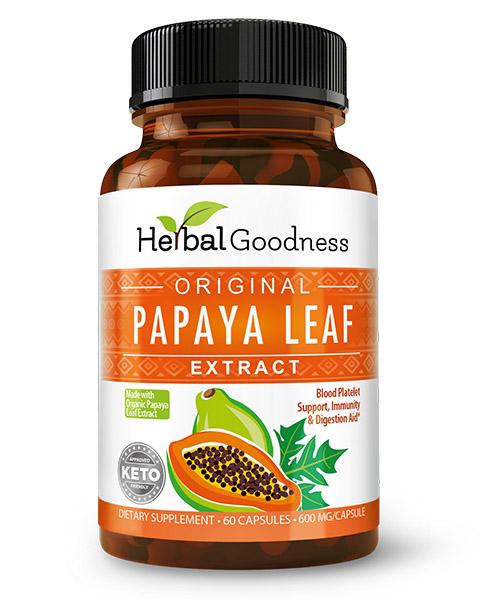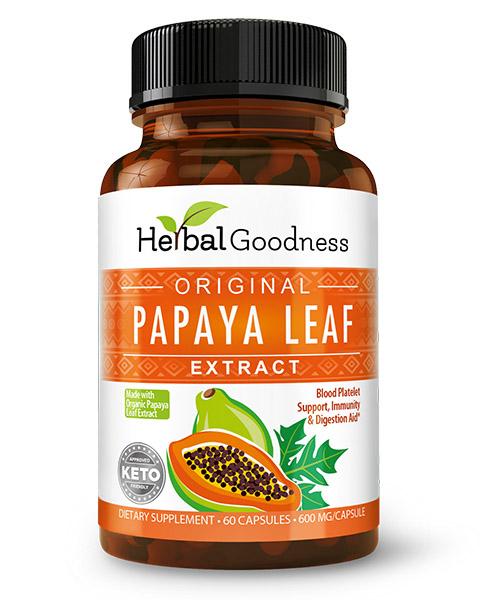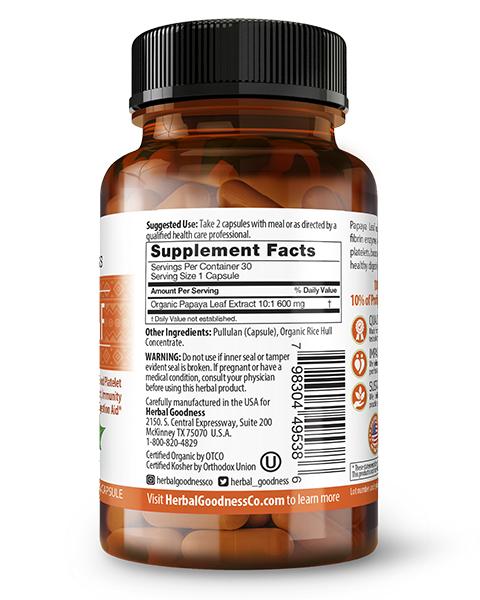Breathe Easy: Tips and Superfoods for Respiratory Health | Herbal Goodness
Our lungs never take a break. They are constantly transporting oxygen into our bloodstream and filtering out carbon dioxide. They are always on-the-go ensuring we have an active and properly functioning respiratory life. Now, more than ever, boosting our lung health is essential, not just to make it through seasonal challenges and switches but to thrive in an immune tasking period.
A great thing is that as much as there are superfoods and herbs to boost respiratory health, there are tips as well.
4 Tips to Breathing Easier And Boosting Respiratory Health
- Steam therapy: Also known as steam inhalation, this involves inhaling water vapor to open the airways and help the lungs drain mucus. People with breathing difficulties may notice their symptoms worsening in cold or dry air. This climate can dry out the mucous membranes in the airways and restrict blood flow. Steam adds warmth and moisture to the air, which may improve breathing and help loosen mucus inside the airways and lungs. Inhaling water vapor can provide immediate relief and help people breathe more easily.
- Exercise to breathe harder: Exercising makes everything better! Muscles, bone structure, physique, and now breathing. Getting regular exercise is probably the most important thing you can do for the health of your lungs. Just as exercise keeps your body in shape, it keeps your lungs in shape too. When you exercise, your heart beats faster and your lungs work harder. Your body needs more oxygen to fuel your muscles. Your lungs step up their activity to deliver that oxygen while expelling additional carbon dioxide. During exercise, your breathing increases from about 15 times a minute to about 40 to 60 times a minute. That’s why it’s important to regularly do aerobic exercise that gets you breathing hard.
This type of exercise provides the best workout for your lungs. The muscles between your ribs expand and contract, and the air sacs inside your lungs work quickly to exchange oxygen for carbon dioxide. The more you exercise, the more efficient your lungs become.¹ Also, practice breathing exercises like pursed-lip breathing to boost lung function. This type of breathing creates back pressure in the lungs that keep the tiny air sacs open.
- Avoid exposure to pollutants: A great way to accelerate damage to your lungs as well as aging physically is by constantly exposing yourself to pollutants or an environment with heavy amounts of pollutants in the air. When they’re young and strong, your lungs can easily resist these toxins. As you get older, though, they lose some of that resistance and become more vulnerable to infections and disease. Give your lungs a break. Reduce your exposure as much as you can, avoid secondhand smoke, and try not to go outside during peak air pollution times. If you’re exposed to pollutants at work, be sure to take all possible safety precautions. Certain jobs in construction, mining, and waste management can increase risk of exposure to airborne pollutants.
- Protect your Inner Space: Keep the air within your home and immediate environment clean. Use vent fans in bathrooms and kitchens to vent excess moisture.Try using an air purifier to clean the air, and avoid dust build ups in your home. Clean all vents, ducts and surfaces that may accumulate dust and dirt overtime. Always have a source of natural light and ventilation, open your windows in warm weather to let in fresh air. This is also important when painting or using cleaning products
- Eat good foods: Eating healthy has always been a vital key to healthy living and body balance. The saying “you are what you eat” cements this point. Stay away from processed foods as they are mostly high in saturated fats and off-the-charts cholesterol levels. Consume whole grains, fruits and vegetables. Foods high in vitamins and antioxidants and those containing omega-3 are also good. Avoid ice cream, milk, and dairy products as they make the secretions in the lungs thicker, increasing excess mucus.
Superfoods for Respiratory support
- Echinacea flower: Echinacea is a plant that has its origins in North America. Before it is used, echinacea is extracted from its coneflower. However, it's the root stalk part of the plant that has a history of offering natural and herbal medicinal uses. The cone flower is pink, yellow or white in color and looks like a sunflower. Part of the daisy flower family, echinacea grows two to four feet tall. Germination period for the plant is 10 to 20 days. Although echinacea is traditionally an outdoor plant, it can be grown indoors then transferred to an outdoor area. Echinacea has been known to boost respiratory health due to the presence of antioxidants that help defend your cells against oxidative stress, improving heart health and organ functions. Some of these antioxidants are flavonoids, cichoric acid, and rosmarinic acid. These antioxidants levels appear to be higher in extracts from the fruit and flowers of the plants. Echinacea plants contain a rich blend of compounds such as phenols which control the range of activity of certain enzymes and cell receptors as well as limit ultraviolet radiation damage. Echinacea plants also contain beneficial antioxidants which support the immune system in so many ways providing support against respiratory concerns.²
When kept in its organic form or manufactured in a safe environment, echinacea can be used in different recipes. This can make echinacea easier to digest for some people. After all, echinacea has a strong floral taste. When digested as a tea, the flowering plant develops a stronger taste the longer that the tea is seeped. It also offers a floral aroma
- Black Cumin seed: For over 2000 years, black seed has been incorporated into health and wellness practices with evidence uncovered in the tomb of King Tut; an ancient Egyptian Pharaoh who was the last of his royal family to rule during the end of the 18th Dynasty. Ayurvedic tradition makes use of cold-pressed Black Seed Oil because the process preserves the plant’s natural chemical profile and balance, providing the full spectrum of constituents, while at the same time providing all of the seed’s health benefits.³
In particular, the black seed oil is rich in thymoquinone, which has potent antioxidants and anti-swelling effects, boosting organ functions and heart health. Thymoquinone also helps in relaxing muscles in the airway making breathing easier, thus preventing situations where the lining of your airways swell and the muscles constrict causing difficulty breathing. One study in adults found they could breathe easier and had improved respiratory support after consuming black seed capsules for about 4 weeks.⁴
References
- www.healthline.com. 5 Ways to Keep Your Lungs Healthy and Whole. Accessed on August 20, 2018.
- www.verywellfit.com.The Health Benefits of Echinacea. Accessed on January 21, 2020.
- www.webmd.com. Black Seed Benefits, Uses and Side effects. Accessed on June 16, 2020.
- www.healthline.com.What Is Black Seed Oil? All You Need to Know. Accessed on May 8, 2020.




